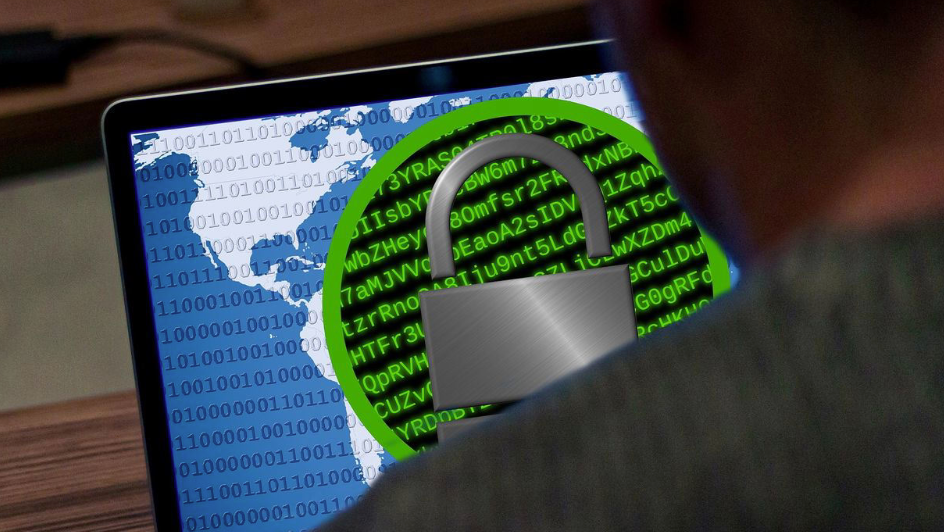A dangerous cyber gang known as the Akira Ransomware group just hit a new low by going after Nutanix virtual machines, putting hospitals, factories, and farms at serious risk. Government watchdogs from the US and Europe sounded the alarm on Thursday, warning that these fast-moving hackers can steal data in hours and lock up systems that keep our world running. What makes this attack so scary? They found a weak spot in a tool many big players rely on, and now no one feels safe.
Akira Ransomware Sparks Global Security Alert
Top agencies across the Atlantic teamed up to issue a stark warning about the Akira Ransomware threat. The Cybersecurity and Infrastructure Security Agency, or CISA, led the charge alongside the FBI, the Department of Health and Human Services, and partners from France, Germany, the Netherlands, and Europol. They dropped this joint advisory on November 13, 2025, to share the latest tricks the hackers use.
This update builds on earlier reports from April 2024, but it packs fresh details from attacks as recent as this month. The Akira group has raked in about 244 million dollars in ransom payments by late September 2025, making it one of the top earners in cybercrime. Experts say this shows how bold and effective they have become since starting in March 2023.
The advisory lists signs of compromise and ways the hackers operate. It urges companies in key areas to check their defenses right away. Many small businesses fall victim first, but the real worry is the hit to vital services that affect everyday life.

Nutanix AHV Enters the Crosshairs of Hackers
The Akira crew loves to mess with virtual setups that run multiple computers at once. They have long gone after big names like VMware’s ESXi and Microsoft’s Hyper-V. But in June 2025, they broke new ground by striking Nutanix’s Acropolis Hypervisor, or AHV, for the first time.
Nutanix powers over 27,000 customers worldwide, including heavy hitters like the US Navy, Nasdaq stock exchange, and London’s Gatwick Airport. Analysts point out that nearly 90 percent of these users run AHV, turning it into a goldmine for crooks. Akira hackers encrypted disk files in AHV systems, which can cripple whole networks in one go. This move opens doors to sectors that thought they were safe.
Defenders often overlook AHV because it’s not as famous as the others. The group slipped in through a flaw in SonicWall gear, tagged as CVE-2024-40766, which lets bad guys bypass controls. Once inside, they locked up .qcow2 files that hold vital data for virtual machines.
This shift means more organizations need to scan their hypervisors closely. A simple oversight could lead to massive downtime, costing millions and exposing sensitive info.
Hackers Speed Up Attacks with Smart New Tools
Akira does not sit still; they keep tweaking their playbook to stay ahead. The latest advisory highlights a new version called Akira_v2, which encrypts files way faster than before. It also blocks easy fixes, leaving victims scrambling.
In some cases, the gang steals data in just over two hours after breaking in. They grab credentials through phishing or weak passwords, then use tools like AnyDesk and LogMeIn to take over admin rights. From there, they shut down firewalls, antivirus, and detection software to roam free.
Malware plays a big role too. They deploy SystemBC as a sneaky backdoor for remote control and data tunneling. Tools like StoneStop and PoorTry help kill off security processes. They even use Ngrok to hide their command channels from watchful eyes.
| Vulnerability | Product Affected | Description | Severity |
|---|---|---|---|
| CVE-2024-40711 | Veeam Software | Allows untrusted data handling that leads to remote code execution | High |
| CVE-2024-40766 | SonicWall Firewalls | Poor access controls enable unauthorized entry | Critical |
This table shows key flaws they exploit, based on reports from security firms tracking the group since early 2025. Patching these holes could stop many attacks cold.
The speed of these raids surprises even pros. One expert from a ransomware research center noted that Akira moves quicker than most rivals, turning small breaks into full-blown crises.
Critical Sectors Feel the Heat from Rising Threats
While small firms bear the brunt, Akira’s reach into key industries raises red flags. Healthcare outfits face shutdowns that delay treatments. Factories grind to a halt, hurting supply chains. Farms and food processors risk spoilage and shortages.
In 2025 alone, the group claimed over 620 victims, landing them as the second busiest ransomware outfit. Ties to old groups like Conti suggest they borrow proven methods. Attacks on education and finance add to the chaos, with schools closing and banks freezing accounts.
Leaders in these fields must act fast. Simple steps like strong passwords and regular updates can block entry. Training staff to spot phishing keeps hackers at bay. Yet, the emotional toll hits hard, as workers lose jobs and communities suffer.
One single breach can ripple out, affecting thousands indirectly. Think of a hospital unable to access patient records during an emergency. This news hits home for anyone relying on steady services.
As the sun sets on another day of digital battles, the Akira Ransomware saga reminds us how fragile our connected world can be. Governments and experts unite to fight back, but the hackers’ quick wins show the fight is far from over. Real change comes from vigilance and teamwork, offering hope amid the fear. What do you think about these evolving cyber dangers, and how can we stay one step ahead? Share your views and spread this story to friends on social media to spark wider awareness.
